This is a guest contribution from Matthew Capala of SearchDecoder.com.
Shark bloggers are experts in their field of choice. However, they rarely call themselves experts or gurus. Skilled blogging pros, such as James Altucher, establish their authority on social networks and search engines by creating immensely authentic and valuable content, establishing strong connections with their readers.

James hardly resembles a shark, but make no mistake. Think more in terms of a "pool shark" versus a voracious eating machine. Shark marketers are at the top of the promotional food chain but not because they use force or deception.
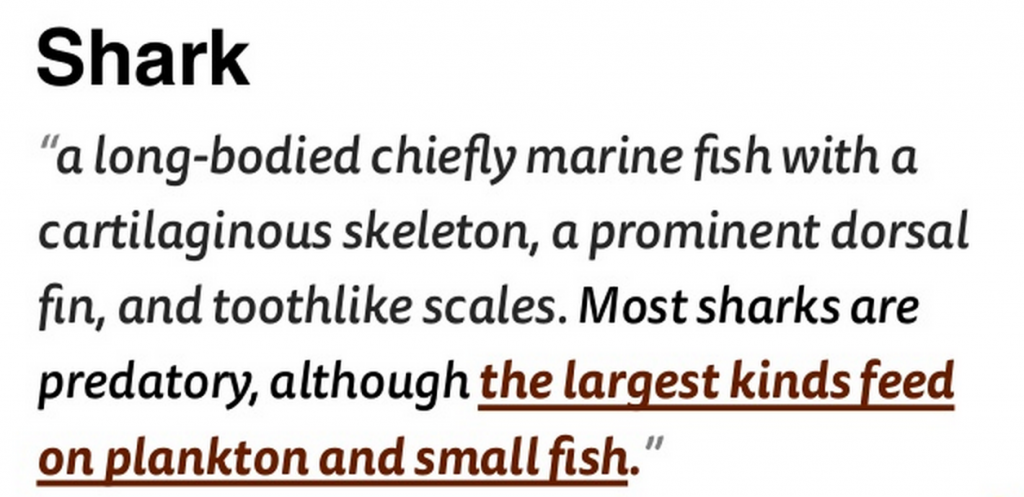
In today's competitive times, bloggers need to bootstrap intelligently to stand out from the scores of new blogs and brands with million dollars content-marketing budgets. Your objective as a bootstrap blogger should not be praying all day for one kill. Your aim should be the top of the food chain.

Predatory Marketing Tactics Don't Work Anymore
Shark marketers rarely if ever address themselves as "experts." This crowd is too busy helping and connecting to pat themselves on the back. Think of yourself as a center of distribution. As you disseminate more helpful content to a growing number of people an inflow of leads, opportunities and money flows in to you.
Contrary to popular belief, the idea of bootstrapping is not based on using free marketing to spread the word about your brilliant idea. According to dictionary.com, bootstrapping means "relying entirely on one's own effort and resources".
Play to your strengths by leveraging your time and talent. Growing your blog usually requires a minimum injection of capital to build momentum, combined with persistent, intelligent labor. For example, hiring a designer may be a good idea – online readers tend to judge the book by its over before they commit any attention to what you are saying.
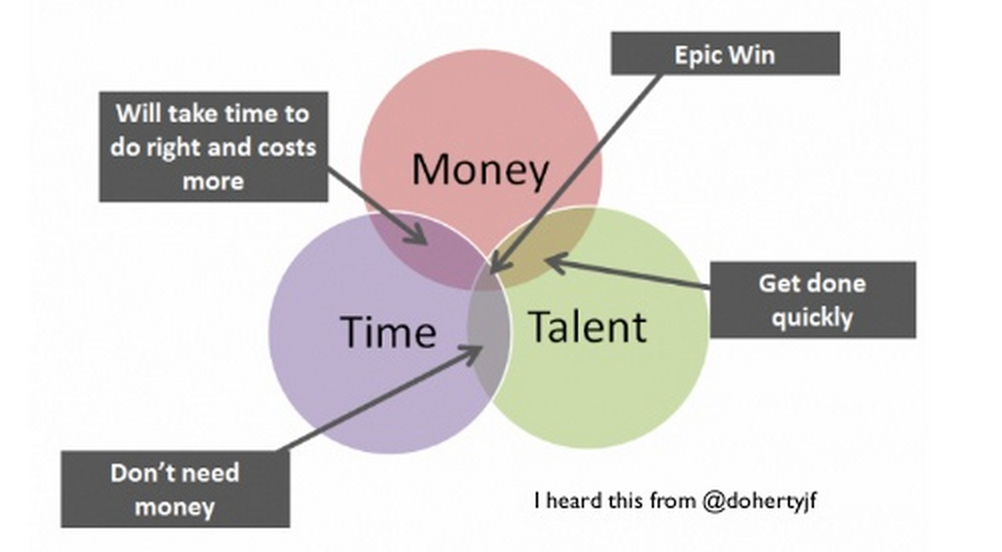
Unlike the monstrous, ferocious predators which roam the infinite online seas, whale sharks don't need to use predatory tactics to promote their businesses. They use great content marketing to attract the visitors to their blogs like a magnet.
Today's intelligent buyer will be repulsed by hard-charging, competitive marketing tactics. Operate on a creative plane of thought to attract people like a magnet. Shift from a competitive to a creative mindset and you will win big on the Internet.
Stop stalking. Start connecting. Turn your marketing into a conversation.
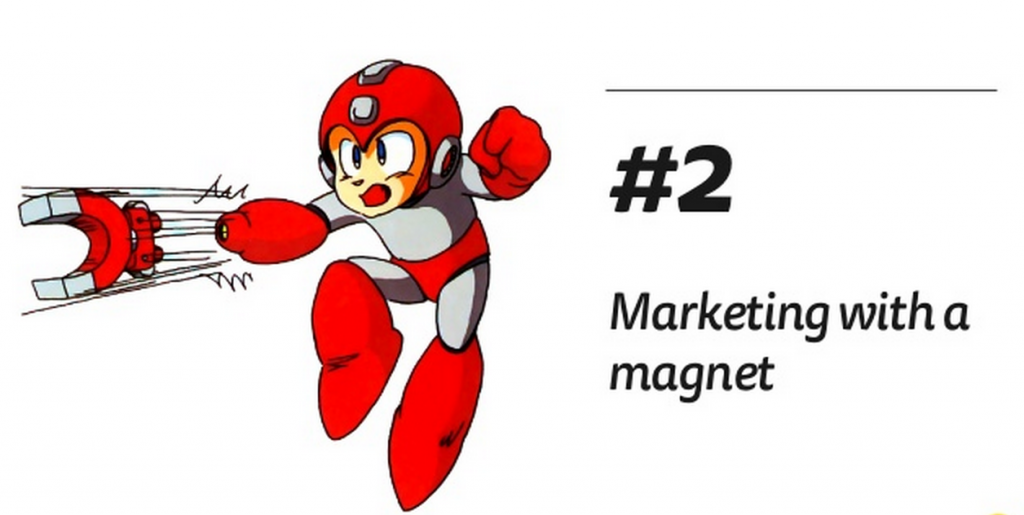
Market with a Magnet
Web users are tuning out marketing noise. Click-through rates are dropping like a brick. Visualize marketing with a magnet instead of the old, worn out sledgehammer advertising approach.

Use pull marketing to employ the principle of attraction versus the old school push marketing tactics that turn off today's sophisticated consumer. Create value to become valuable.
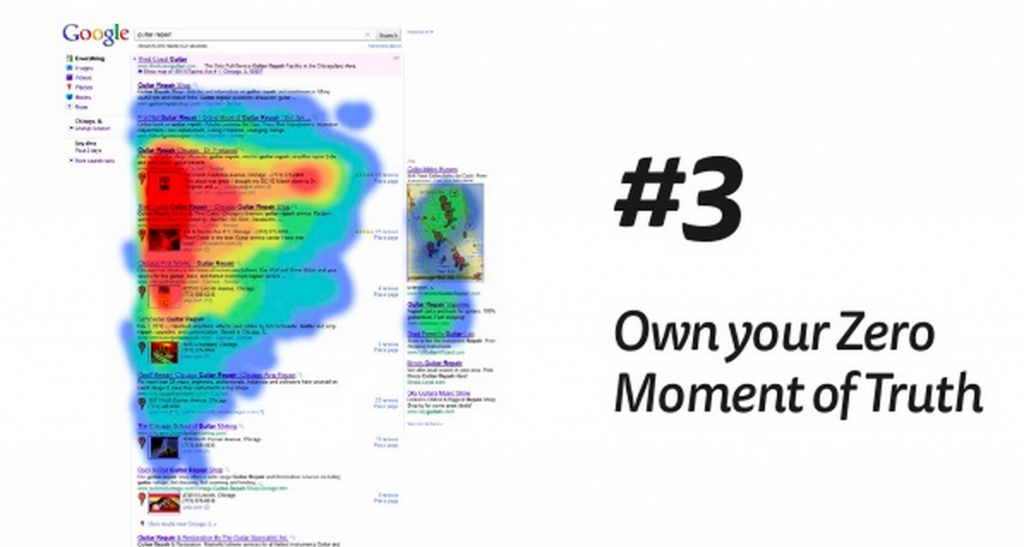
Own Your Zero Moment of Truth
80% of consumers search for a product or service before purchasing it. Ranking your blog on Google for quality keywords can turn your blogger status to a rockstar overnight.
Place a heavy emphasis on nailing down one of the top positions on Google for your desired keywords or key phrases. Keep in mind that only 15% of search results are the old-school 'blue links.' Estimated 85% of Google search results are social media, videos, images, maps, and the knowledge graph. Fish where the fish are.
Increase your click-through rates by designing attention-grabbing page titles and headlines. Include thought-provoking or funny images in your blog posts to stand out and boost engagement.
Owning your zero moment of truth inspires you to increase organic search engine click throughs by improving your ad creative writing skills. It's a win-win.

Personal Branding Is Branding
Beginner bloggers often ask me: How do you draw a line between your business name and your personal brand?
You don't. It's one and the same.
Steve Jobs built Apple, not the other way around. You have built your own company, You Inc. However, being a blogger is much different from being a CEO. The first is a hobby, the latter is a job.
Consider using SlideShare to tell your brand's story, including the problems you are solving and why people should care about your brand. Readers like eye candy. Creating a visually appealing tale forms an emotional bond with your target audience.
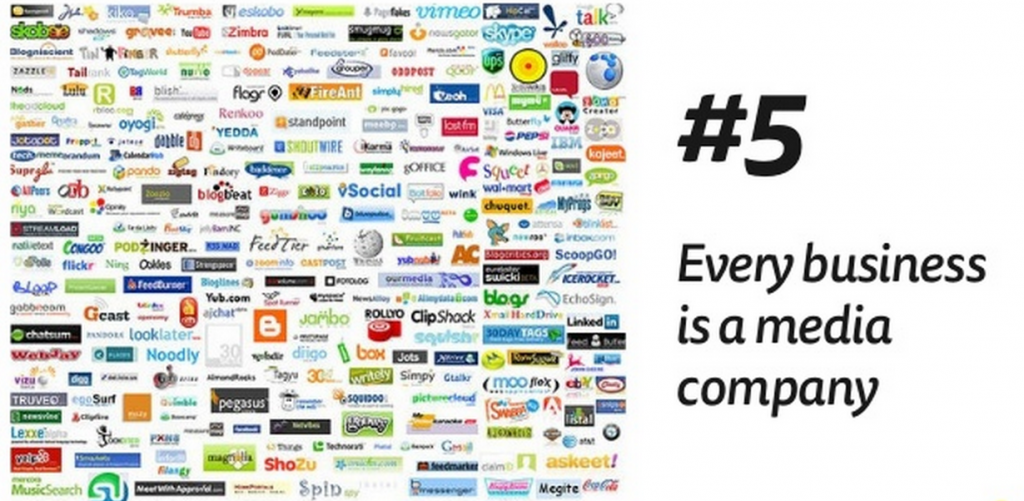
Every Business is a Media Company
Blogs serve as one-stop shopping for any website visitors. Post articles, reviews, podcasts and videos on your blog to brand your business. Companies that blog get 55% more website visitors and B2C companies that blog get 88% more leads per month, according to Hubspot.
Yet many businesses fail to achieve desired results blogging. They fail and give up on content marketing because they don't operate like a media company.

Frequency is key to success. Blogging regularly encourages your audience to know, like and trust you. Build your blog on WordPress for increased functionality. Use plugins to capture subscribers and improve your presentation. Position sharing button beside each blog post to leverage your presence. Sharing buttons like the Floating ShareBar can increase sharing by up to 30%. Details matter.
Open your blog to guest posting and build strong business relationships. Join blogging communities, such as Triberr, to build solid relationships with fellow niche bloggers.

Win Your Battles Before the First Shots Are Fired
Understand the difference between content marketing and content strategy. Content marketing is the creation and promoting of content to attract a targeted audience. Content strategy is the creation of scalable and repeatable content for a built-in audience. Content marketing is like baking a cake while content strategy is similar to owning a bakery.
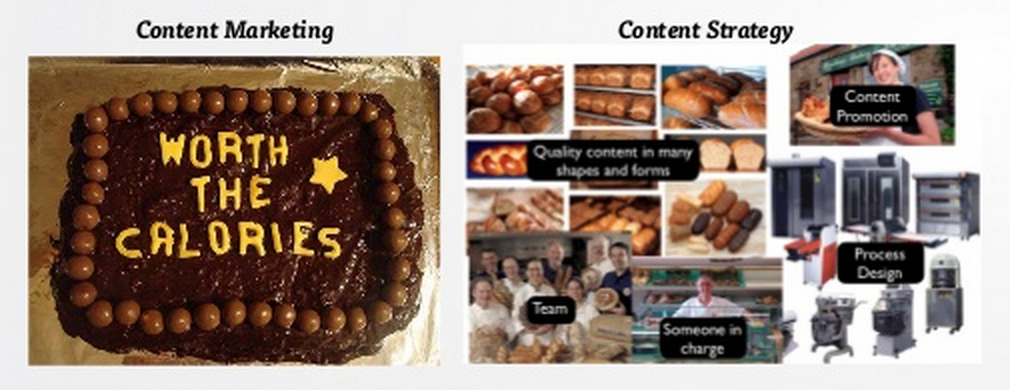
Developing a content strategy requires intensive planning. Create content based on researched user needs, deliver this content through various mediums such as video and podcasts and promote along channels which resonate with your target audience.

You Need a Healthy Heartbeat
A healthy, vibrant blog looks similar to a healthy heartbeat. Imagine the steady, predictable ticks on an EKG meter measuring your heartbeat. Engaging through social media channels like twitter and Facebook creates tiny ticks. Sharing Infographics, videos and blog posts creates a larger spike which creates a big impact with a small hit. PR and branded content creates massive spikes. The large hits which make big impacts target news outlets and other large audiences through macro content campaigns.

Build your inbound marketing campaign on being disciplined. Work your system on a daily basis. Set up a content calendar. Starting at a calendar can inspire you to create content even if you don't feel like working. Use this motivational strategy to hold yourself accountable.
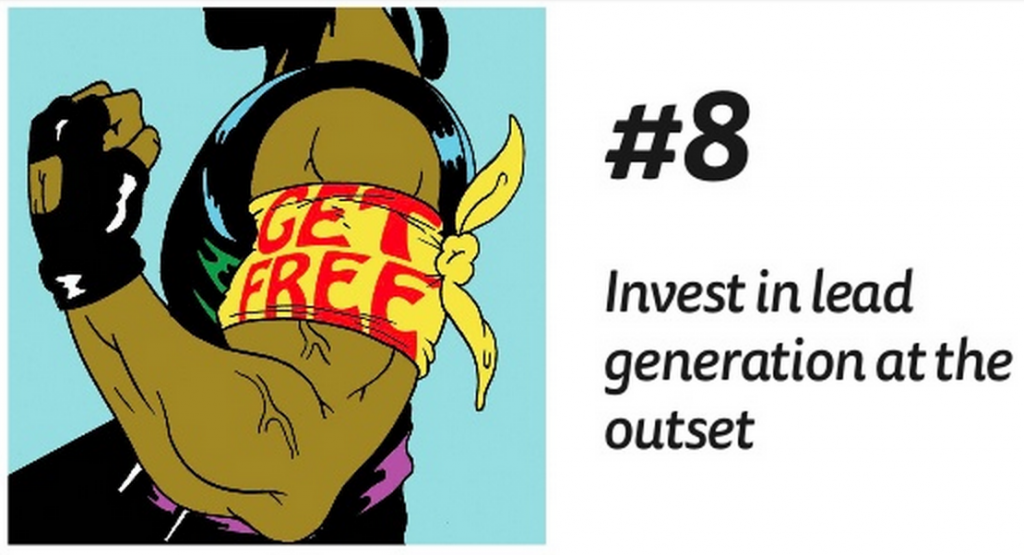
Invest in Lead Generation at the Outset
Create in-depth, thorough content you could sell for a handsome profit and give it away for free. This approach might seem counterintuitive to bloggers looking to monetize every click, but karma ensures that the value you offer will return to you in some way, shape or form. Use your free giveaway as link bait.
Build your email list through this exchange of value. In return for your helpful, free giveaway subscribers will gladly offer their name and email address. Use tools like "Pay with a Tweet" to increase social sharing. Users can access your free giveaway by tweeting your giveaway link. This expands your presence and gives visitors a quick and easy way to access your free product.

To Be Interesting, Be Interested
Successful shark bloggers follow the teachings of famous behaviorists, such as Dale Carnegie. They generate interest by expressing interest.
Expressing genuine, heartfelt interest in other bloggers will result in similar reaction towards you. Focus on helping others who need help. Engage in genuine conversations, add value wherever you show up and answer questions to gain the trust of your target audience.
Use social media tools like Topsy to find your audience. Run searches to connect with interested parties through twitter, blog commenting, and everything in between.
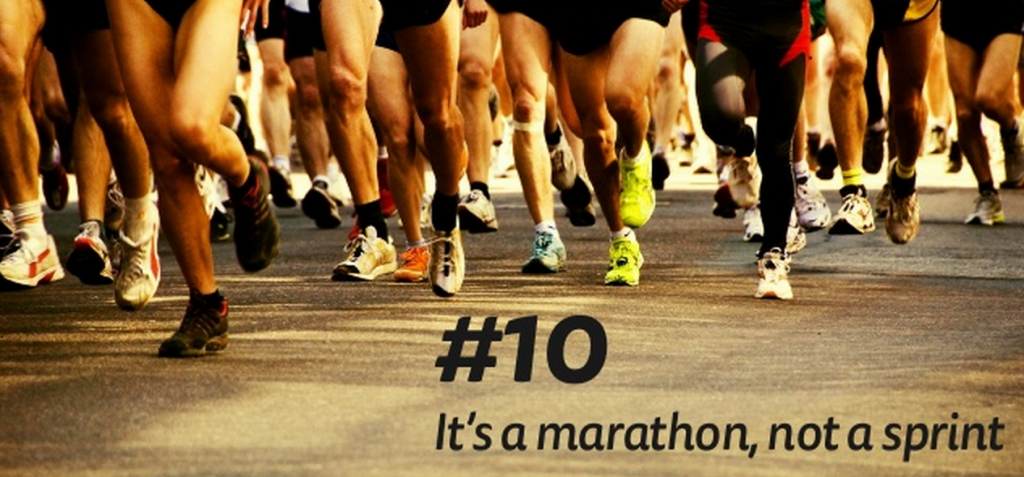
It's a Marathon Not a Sprint
Take a big picture approach to blogging. Each seemingly tiny step taken leads to solid if not spectacular results in the long term. If only you don't give up to see it.
Work your way through temporary frustrations by visualizing yourself achieving great things. Professional athletes employ this technique. Clearing your inner world can motivate you to succeed.
Shark bloggers are a driven, dynamic, and focused bunch. However, they combine high-octane enthusiasm with a significant dose of planning, tools and preparation to stay focused and play a long-term game.
It might not be easy to be positive every day when you grow a blog from its infancy but doing so can provide you with immense returns in the long run.
Good luck!
Matthew Capala is an inbound marketing strategist, personal branding coach, Internet entrepreneur, keynote speaker, and author. He is an Adj. Professor at NYU and Head of Search at Lowe Profero. His free personal branding e-book, Away with the Average, has been widely praised. A leading voice in the start-up community, Matthew founded SearchDecoder.com, a venue for SEO ideas for entrepreneurs. You can find him on Tiwtter at @SearchDecoder.
Originally at: Blog Tips at ProBlogger
![Build a Better Blog in 31 Days]()
Blogging Like a Shark: 10 Secrets to Bootstrapping Your Blog into a Business

























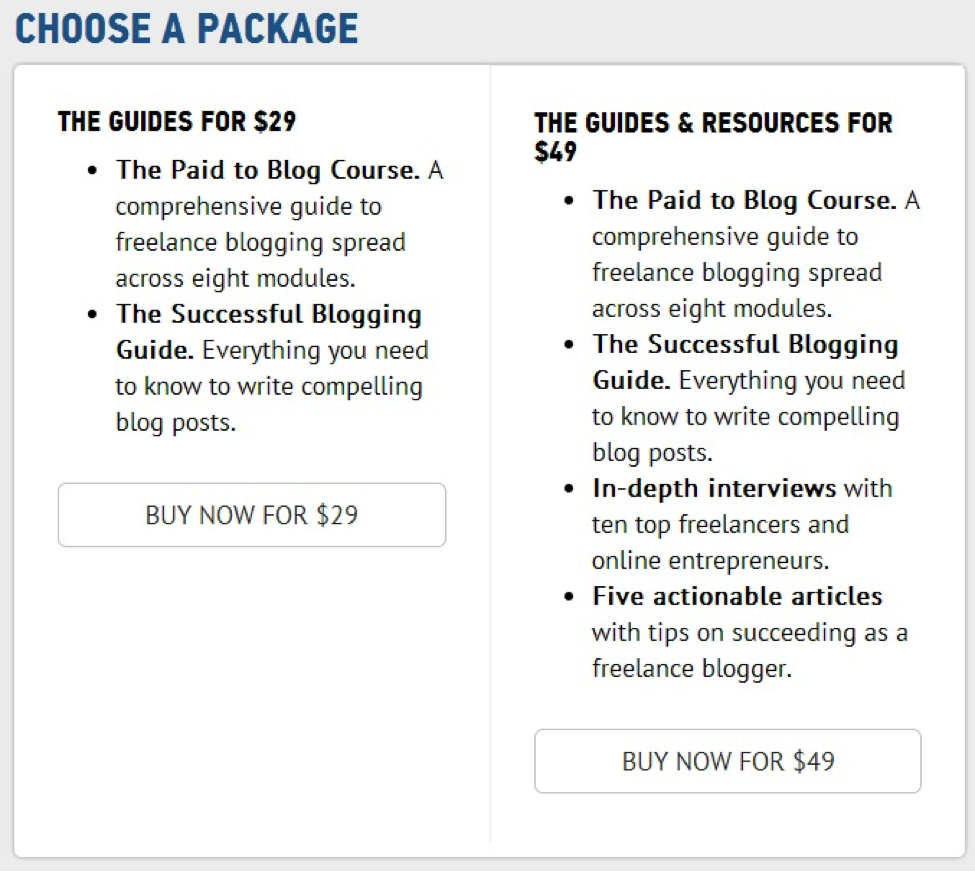
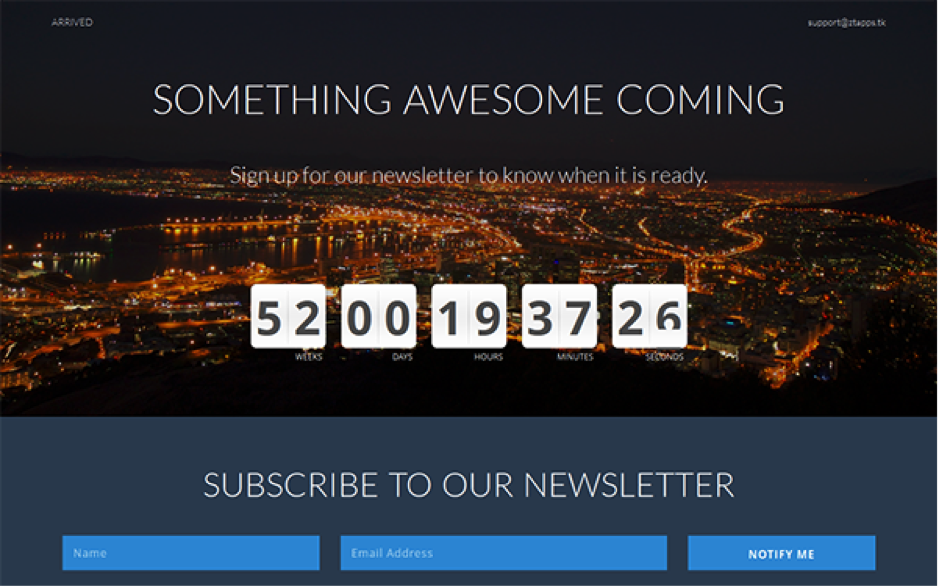
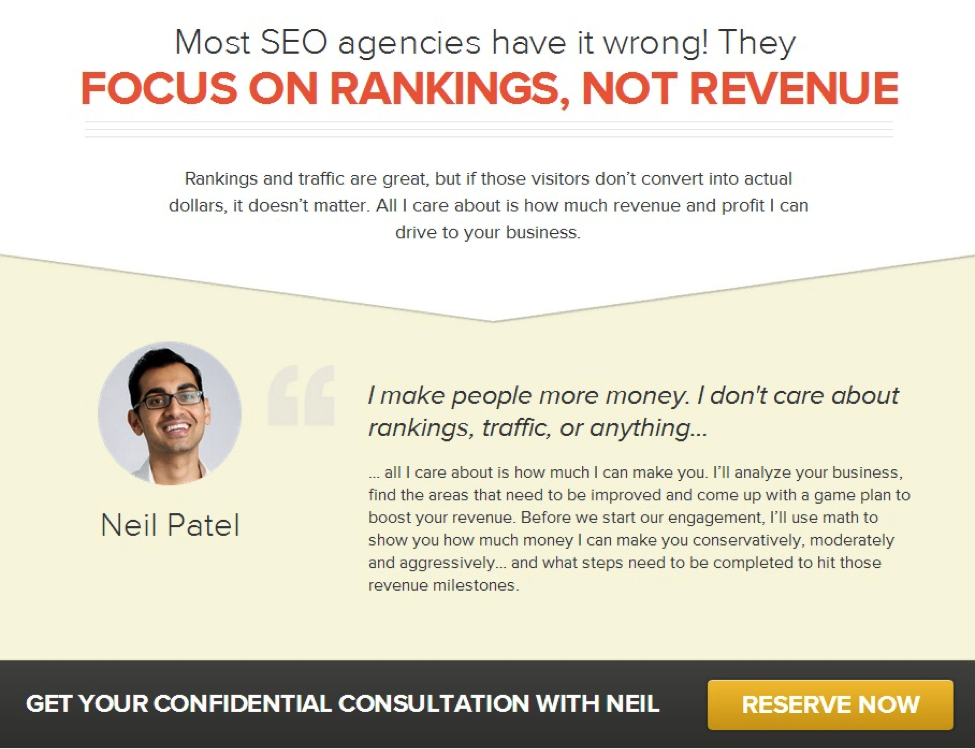
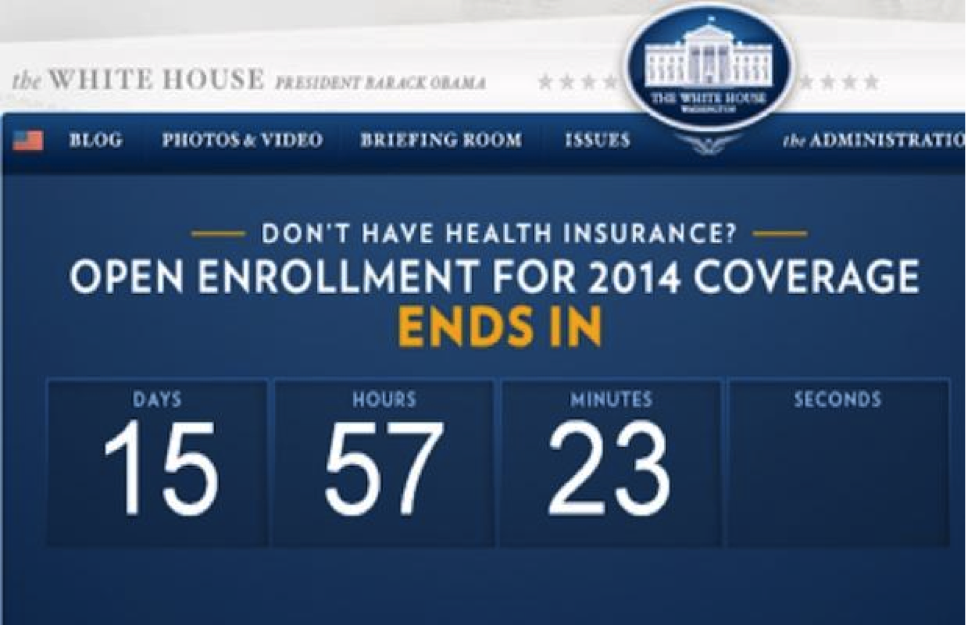





.jpg)